World Food Programme extends alert system to help cut risks from tropical storms
When a tropical storm hits, humanitarian organizations need fast answers to vital questions in order to plan an effective response: How many people might be affected? Where are they? How strong is the storm? What resources do we have nearby?
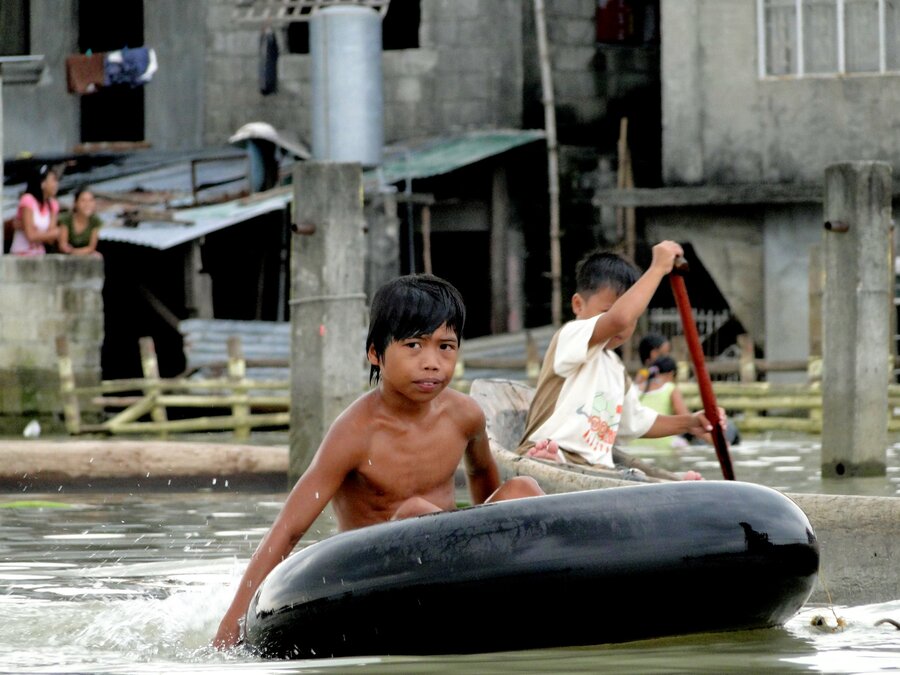
Today the World Food Programme has released a tool that collects reliable information into a concise dashboard — immediately giving humanitarian organizations the information they need to help people affected by a tropical storm. This service is available free to the entire humanitarian community.
WFP's Automated Disaster Analysis and Mapping system, or ADAM, has been active for earthquake alerts since 2015. Now the tool has been expanded to monitor tropical storms, another phenomenon which often generates humanitarian crises in developing countries.
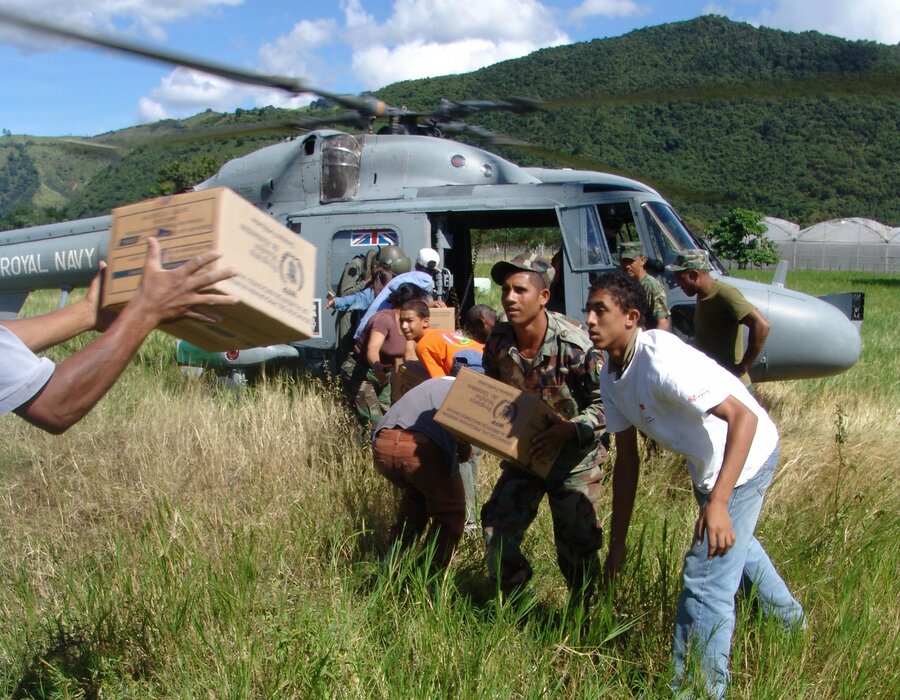
"We were receiving good feedback from users who found ADAM useful for earthquake alerts, and the number of users kept increasing. On several occasions we were asked to extend ADAM capabilities in order to monitor tropical storms, which is another type of disaster that often triggers WFP response," explained Project Coordinator Andrea Amparore of WFP's Emergency Preparedness Branch.
When a tropical storm is detected, ADAM pulls information from a variety of sources, including WFP's databases and the European Commission Joint Research Centre — a key provider of disaster data which has contributed to the project.
ADAM carries out analysis and provides information about the population likely to be affected, coastal storm surge, wind speeds, and WFP facilities in the area. The result is a standardized dashboard which presents this information in a simple and digestible format.
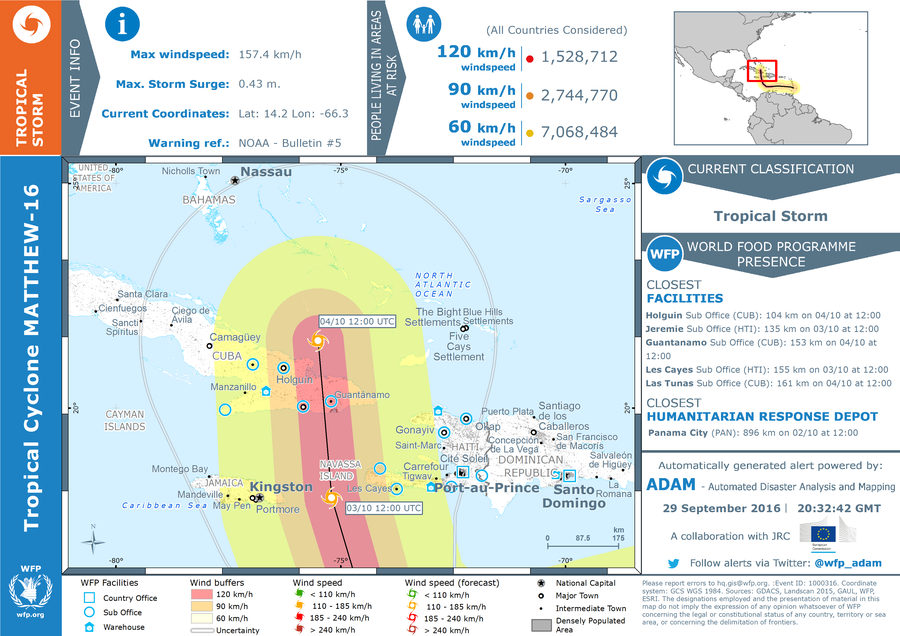
Building on the earthquake alert system, the tropical storm feature employs a different approach. "There are some fundamental differences between earthquake data and that of tropical storms," explains Amparore. "Unlike earthquakes, tropical storms don't hit for a few seconds, but can last for a week. They are evolving situations. We need to monitor them constantly and update our products whenever a new weather bulletin is released."
Furthermore, since ADAM can begin monitoring tropical storms days before they make landfall, there is more time to fine-tune the dashboard, which lends itself to another advantage to the new system: The production of the dashboard is not completely automated as it is for earthquakes.
"ADAM automatically does the analysis and mapping, but WFP staff play an important role in validating the alert and making minor modifications when needed based on other information they have. Then the alert is automatically sent to the relevant subscribers, from colleagues in the field to decision-makers in Rome."
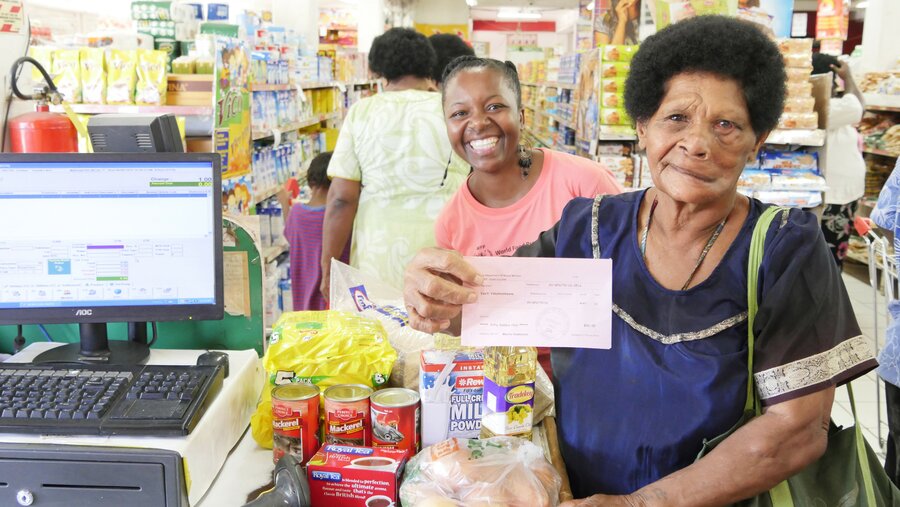
In 2016, access to the tool was opened up to other organizations to improve the collective humanitarian response on the ground. For earthquakes, it has already made a dramatic difference in reducing the time between disaster striking and WFP's response.
"Within 12 minutes of the earthquake in Ecuador in 2016, ADAM had sent out its dashboard — long before the media even started talking about it," says Amparore. "Instead of hours, we are talking about minutes in terms of being able to gather information. In an earthquake situation, minutes mean lives."
The team behind the project, who developed the new features completely in-house, hopes that ADAM's tropical storm alerts will have the same positive effect on the collective humanitarian response.'
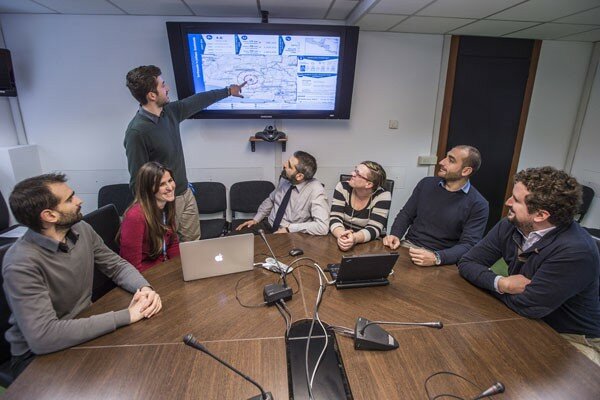
"At the initial stage of a crisis, time and information are crucial," says Amparore. "In the past, disaster analysis and mapping took hours and were performed manually. Now, thanks to this further development, ADAM can provide decision-makers with the most reliable and current information throughout the development and landfall of tropical storms, allowing them to focus their response efforts better and in a timely fashion."
Follow ADAM on Twitter where the dashboard will be published in real time.
Staff in humanitarian organizations can subscribe for email alerts (both for earthquakes and tropical storms) by filling the forms.
